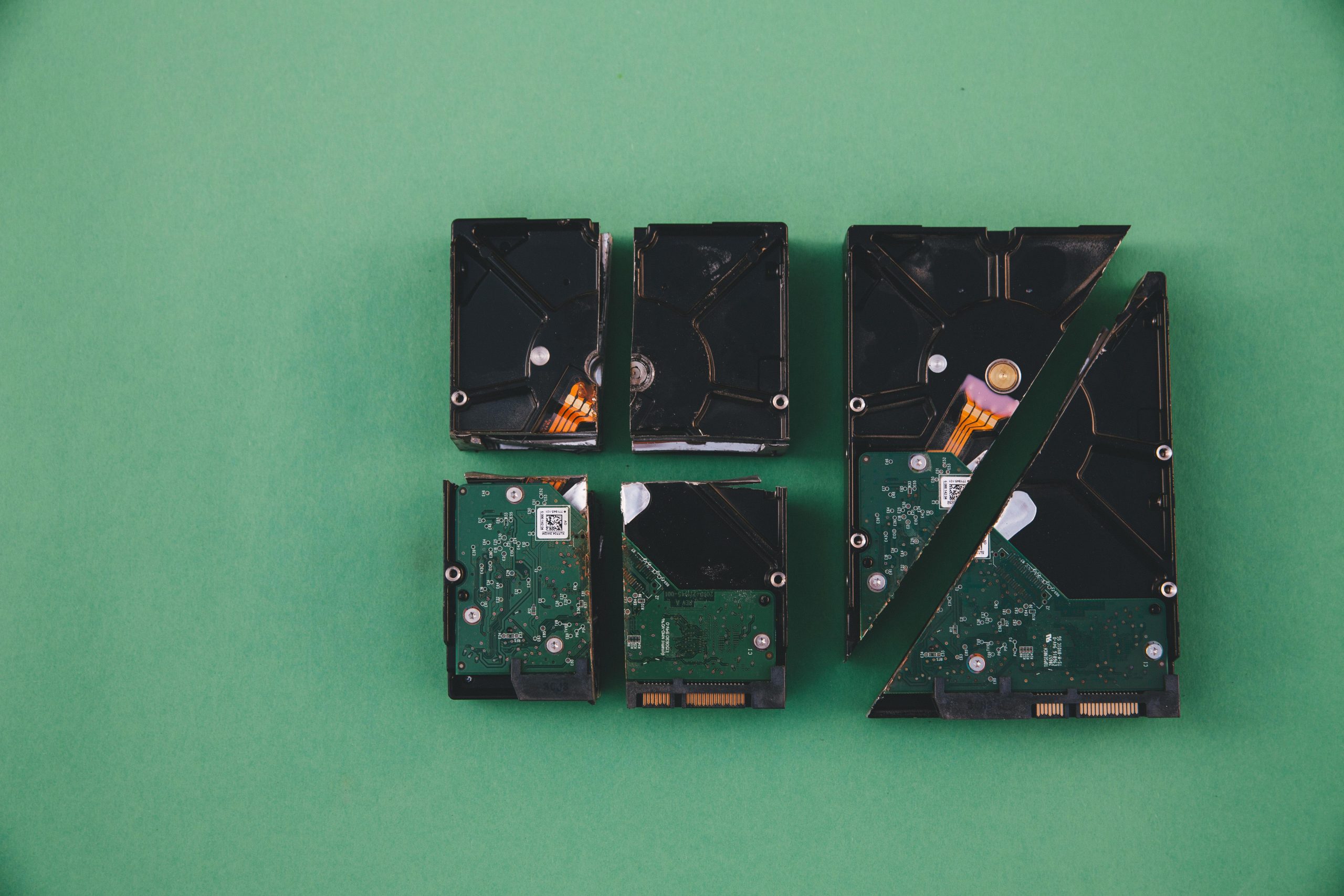Understanding and Responding to Hard Drive Failures: A Guide to Data Recovery Options
Data loss can be a distressing experience, especially when vital files are stored on a failing hard drive. If you’re experiencing symptoms like clicking sounds or intermittent detection issues during data transfer, it’s essential to understand the implications and explore appropriate recovery strategies. This article provides a comprehensive overview of the problem, potential solutions, and precautions to consider.
Recognizing the Signs of a Failing Hard Drive
Users may notice several indicators that their HDD is experiencing problems, including:
- Unusual Noises: Clicks, grinding, or whirring sounds may suggest physical issues.
- Intermittent Detection: The drive disappears and reappears during operation or transfers.
- Slow Performance or Transfer Failures: Large file transfers may fail or trigger errors.
- Complete Detection Loss: The drive stops being recognized by the system entirely.
In your case, the combination of clicking sounds and temporary disconnection during large data transfers strongly suggests potential physical damage to the drive.
Immediate Steps to Take
- Stop Using the Drive: Continued operation risks further damage and data loss.
- Avoid Running Extensive Data Recovery Software on the Drive: Applying intensive reads can exacerbate hardware issues.
- Disconnect and Power Down: Safely disconnect the drive to prevent additional damage.
Data Recovery Options
1. Assessing the Situation
If the data is critical, as in your scenario, and professional recovery costs are a concern, it’s essential to weigh your options carefully:
- Attempting DIY Recovery: Using tools like
ddrescueorHDDSuperCloneon a failing drive carries risks. While these tools can clone damaged disks, aggressive reads may cause further harm. - Professional Data Recovery Services: Experts use specialized cleanroom environments and advanced techniques. Although often costly, they usually offer the highest chance of retrieving valuable data.
2. Using Linux-Based Cloning Tools
Tools such as ddrescue are popular for attempting to clone failing drives, prioritizing data recovery over hardware preservation. If you choose this route:
- Create a Bit-by-Bit Clone to a Healthy Drive: Do this only if you are comfortable with command-line operations and understand the risks.
- Proceed with Caution: Recognize that continued use may render data unrecoverable.
3. Hardware Replacement and Data Migration
Considering you’ve
Share this content:


